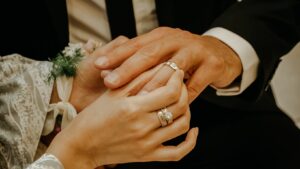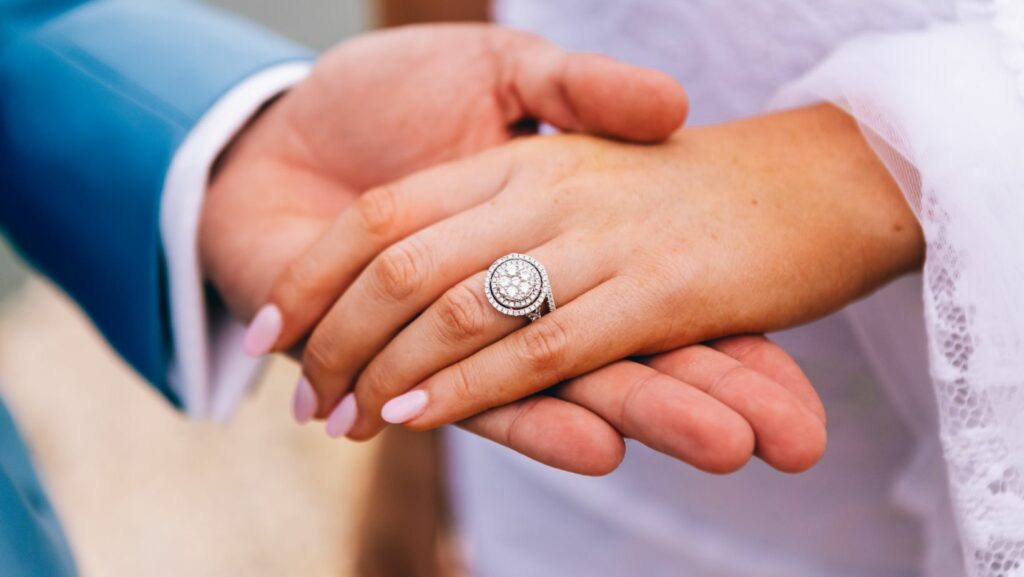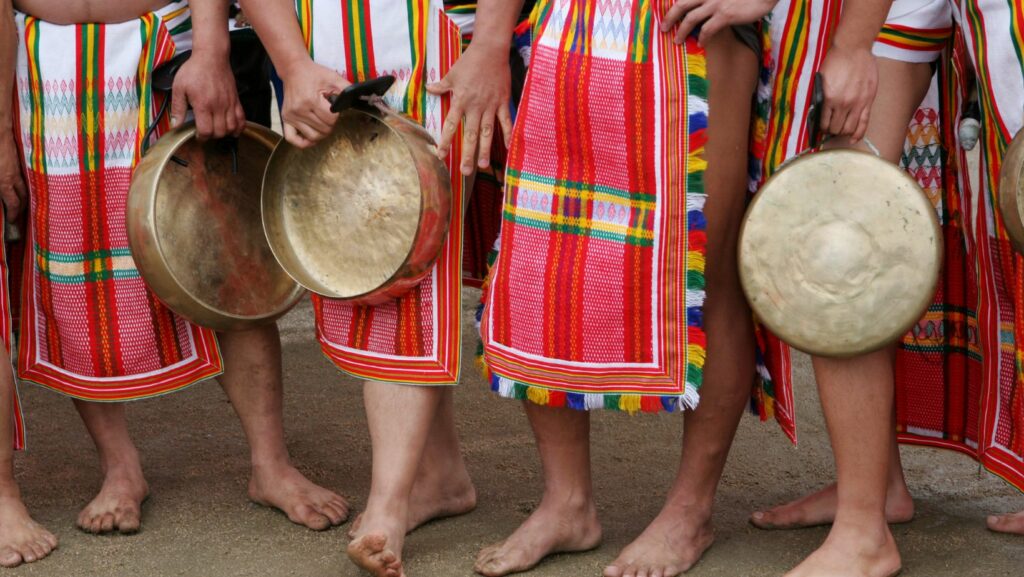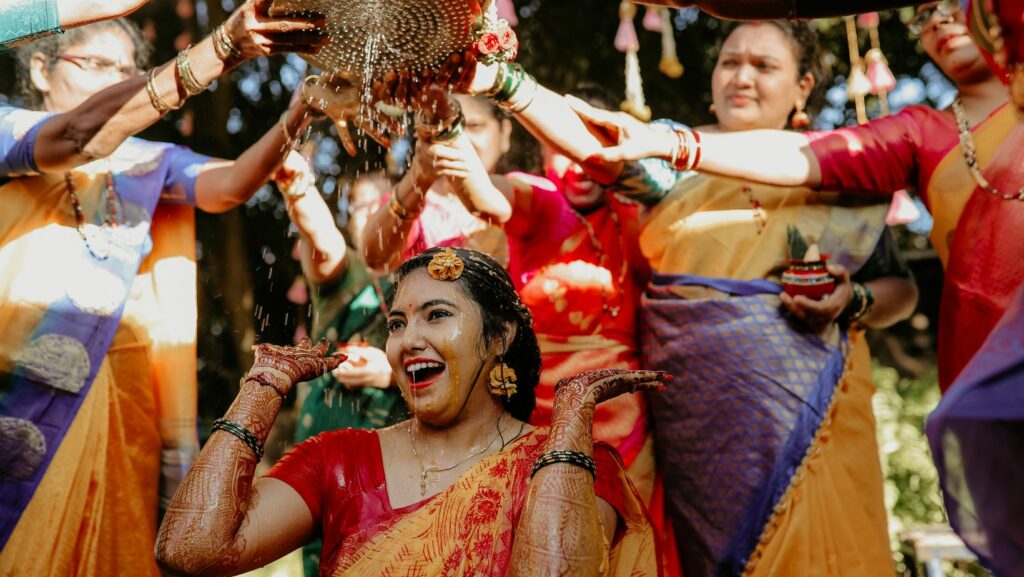 The traditional wedding ring, a timeless symbol of love and commitment, carries a rich history that spans cultures and centuries. Its circular shape, representing eternity, has been cherished by countless couples as a tangible expression of their unending bond. As trends in jewelry evolve, the classic allure of traditional rings continues to captivate hearts around the world. From simple gold bands to intricately designed heirlooms, traditional wedding rings reflect personal stories and cultural heritage. Each ring tells a unique tale, often passed down through generations, adding layers of meaning and sentiment. As couples embark on their journey together, choosing a wedding ring becomes a deeply personal decision, intertwining tradition with modern love stories. In a world where fashion trends change rapidly, the enduring appeal of traditional wedding rings remains steadfast. They serve as a reminder of the love and promises exchanged, standing the test of time as both a personal and cultural emblem.
The traditional wedding ring, a timeless symbol of love and commitment, carries a rich history that spans cultures and centuries. Its circular shape, representing eternity, has been cherished by countless couples as a tangible expression of their unending bond. As trends in jewelry evolve, the classic allure of traditional rings continues to captivate hearts around the world. From simple gold bands to intricately designed heirlooms, traditional wedding rings reflect personal stories and cultural heritage. Each ring tells a unique tale, often passed down through generations, adding layers of meaning and sentiment. As couples embark on their journey together, choosing a wedding ring becomes a deeply personal decision, intertwining tradition with modern love stories. In a world where fashion trends change rapidly, the enduring appeal of traditional wedding rings remains steadfast. They serve as a reminder of the love and promises exchanged, standing the test of time as both a personal and cultural emblem.
Traditional Wedding Ring
Traditional wedding rings hold a significant place in marriage customs, embodying ancient rituals and timeless love. This section delves into the roots and deeper meanings of these cherished symbols.
Origins And Early Traditions
 Wedding rings date back to ancient Egypt, where circles symbolized eternity. They believed that a vein directly connected the ring finger to the heart, representing a bond of love. In ancient Rome, rings made of iron signified enduring commitment. Throughout history, couples in different cultures adopted these rings as integral symbols of marital partnerships.
Wedding rings date back to ancient Egypt, where circles symbolized eternity. They believed that a vein directly connected the ring finger to the heart, representing a bond of love. In ancient Rome, rings made of iron signified enduring commitment. Throughout history, couples in different cultures adopted these rings as integral symbols of marital partnerships.
The circle of a wedding ring represents infinity and an unbreakable bond. It signifies unity, commitment, and eternal love. Gold rings, often chosen for traditional weddings, symbolize wealth and prosperity. Diamonds, when included in bands, convey strength and purity. Traditional wedding rings combine materials and forms to encapsulate the shared stories and values of couples.
Design And Styles
Traditional wedding rings blend enduring symbols with timeless designs. Their appeal lies not only in history but also in the diversity of styles and materials used.
Classic Ring Designs
Classic designs maintain their charm with clean lines and simplicity. Popular styles include:
- Plain Bands: Unadorned gold or platinum represents elegance and longevity.
- Milgrain Edges: Intricate beaded edges enhance bands with subtle detailing.
- Engraved Rings: Personal inscriptions or motifs add unique meaning to classic settings.
These designs prioritize tradition while allowing personal connections through subtle modifications.
Materials Used In Traditional Wedding Rings
Traditional rings utilize materials with historical significance and lasting value:
- Gold: Dominant in yellow and white variations, chosen for its durability and shine.
- Platinum: Valued for its strength and resistance to tarnish, making it ideal for daily wear.
- Silver: Used less frequently due to softness, but offers a classic, understated appeal.
Precious metals like gold and platinum underscore the enduring commitment symbolized by traditional wedding rings.
Cultural Variations
Traditional wedding rings embody diverse cultural expressions, adapting to regional rituals and beliefs while maintaining the essence of commitment and love.
Western Traditions
 In Western cultures, wedding rings often feature simple gold or platinum bands. The practice of wearing the ring on the fourth finger of the left hand traces back to ancient Rome, where it was believed that the “vena amoris” or “vein of love” connected this finger directly to the heart. Many Western ceremonies include the exchange of rings as a central event, symbolizing the couple’s vows and unity. Engraved rings with dates or initials add a personal touch, preserving significant moments in the couple’s lives.
In Western cultures, wedding rings often feature simple gold or platinum bands. The practice of wearing the ring on the fourth finger of the left hand traces back to ancient Rome, where it was believed that the “vena amoris” or “vein of love” connected this finger directly to the heart. Many Western ceremonies include the exchange of rings as a central event, symbolizing the couple’s vows and unity. Engraved rings with dates or initials add a personal touch, preserving significant moments in the couple’s lives.
Eastern Traditions
Eastern traditions display a rich variety of wedding ring practices. In India, traditional “bichiya” toe rings signify marital status for women, while “mangalsutra” necklaces serve a similar purpose. Chinese couples often favor rings crafted from jade or gold, symbolizing prosperity and harmony. Japan places emphasis on simplicity, with rings that embody subtle elegance. In many Eastern cultures, rings are exchanged alongside other tokens, reinforcing the marriage’s sacred nature. These varied practices reflect the deep cultural significance embedded in the choice and presentation of wedding rings.



